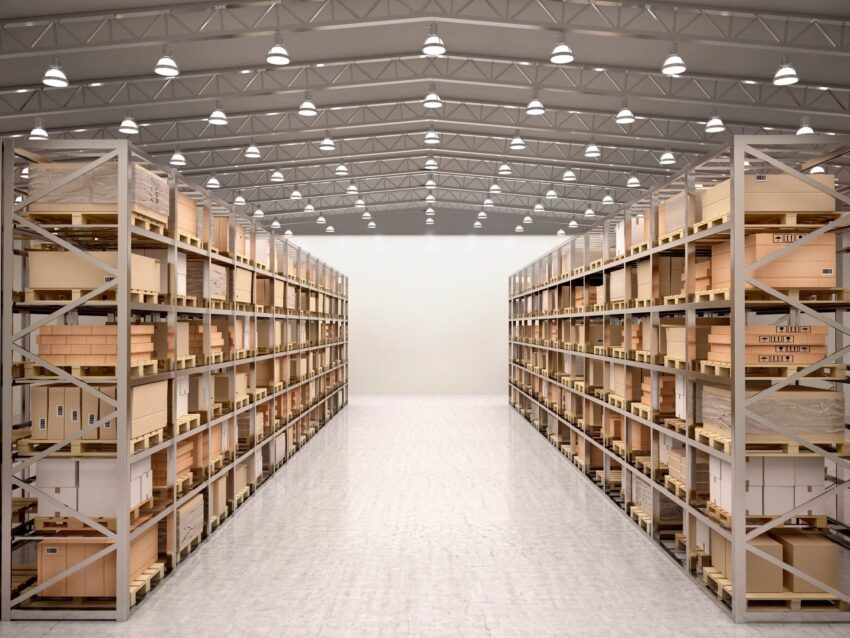Properly storing raw material inventory is crucial for maintaining the quality and integrity of the materials and ensuring efficient use and access. You can also ensure compliance with industry regulations while production can continue without interruption. Here are five ways to store your raw material inventory.

Proper labelling and identification
All raw materials should be labelled and identified with clear and legible markings. This includes the name of the material, its batch or lot number, and the date it was received or produced. This helps with inventory tracking and identifying potential issues with a specific batch of material. For example, if there is a problem with a specific batch of raw materials, it can be easily traced back to the lot number and date of receipt. This information can also be used to track the materials’ shelf life so they can be used before they expire.
Different raw materials can be segregated and stored in designated areas, or you can consider flow wrapping to prevent contamination or confusion. For example, flammable raw materials should be stored in a separate area from those that aren’t to minimise the fire risk. Similarly, raw materials that are sensitive to light or moisture should be stored in a separate area from those that are not. This also makes it easier to locate specific materials when needed.
Climate control
Some raw materials may be sensitive to temperature and humidity fluctuations. These materials should be stored in a controlled environment to ensure their quality and integrity. For example, if the raw material is sensitive to high temperatures or moisture, it should be stored in a cool, dry area. Climate control can also help prevent the growth of mould or bacteria, which can damage the raw materials or make them unsafe to use.
Inventory management software
Utilising inventory management software can help keep track of raw material inventory levels, set reorder points, and automatically place purchase orders when inventory levels are low. This helps to ensure that there is always enough raw material to meet production demands without overstocking. The software can also generate reports on inventory levels, usage, and other important information that can be used to make informed decisions.
Regular physical inventory counts
It is important to conduct physical counts to ensure that the inventory levels match what is recorded in the system. This helps to identify any discrepancies or errors in the inventory records. These counts can be done on a regular schedule, such as monthly or quarterly, or they can be done as needed. Physical inventory counts can also identify any issues with inventory accuracy, such as mislabeled or misplaced materials.
To summarise, storing raw materials inventory properly involves proper labelling and identification, segregation of materials, climate control, inventory management software, and regular physical inventory counts. By implementing these practices, businesses can ensure that their raw materials are safe, of high quality, and easily accessible when needed, which can ultimately help to improve efficiency and quality.


